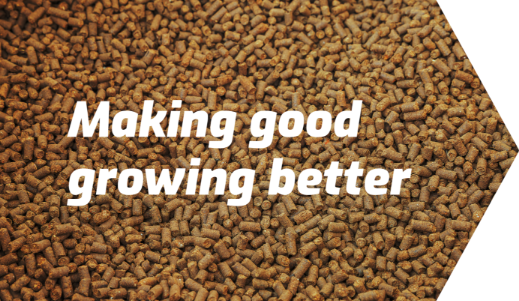
Benefits of fall fertilization
- Posted: Aug 05, 2021
- Author: Nature Safe
- Turf
The summer months can really take a toll on your turf, and for this reason it has become a common practice in turf management to engage in a fall fertilization and dormant feeding program. This helps the beleaguered turf transition into the winter months with an adequate store of carbohydrates in order to nourish the soil and promote regrowth and recovery.
The late fall and early winter period provide an optimal time for the accumulation and storage of carbohydrates because while shoot growth is kept to a minimum, photosynthetic conditions are still ideal. As the soil draws from this pool of reserve carbohydrates, the turf is able to repair itself in preparation for the upcoming spring growth season.
Finding the right balance
While no one questions the importance of fall fertilization and dormant feeding, there is still quite a bit of debate regarding which type of fertilizer is the best to use for this aspect of a fertility program. The traditional go-to answer for most turf managers is synthetic nitrogen, because it can provide the nutrient boost needed to promote root growth, shoot density and plant repair. The only problem with using synthetic nitrogen is that too much of a good thing can prove to be counter-productive. If excessive quantities of synthetic nitrogen in a soluble form are used, it can cause excessive shoot growth, which reduces carbohydrate energy reserves and decreases stress tolerance. This weakens the soil’s resilience, diminishing its ability to adequately withstand cooler temperatures and making the turf more susceptible to winter kill.
This is what makes organic nitrogen the preferred choice for fall fertilization. Keep in mind that organic matter decomposes at a slower rate during the cooler months, which naturally slows down the release rate of nitrogen. Applying one to two pounds of N in an organic form during the fall season will provide the soil with the nutrients it needs without unduly influencing shoot growth, and it will ensure a stable and steady increase in carbohydrate reserves.
Dispelling the myths
Not too long ago, it was commonly thought that organic nitrogen was not a good choice for fall fertilization, because microbial activity in colder temperatures was believed to be too low to adequately mineralize the nitrogen. This has been proven to be inaccurate through research conducted by Dr. Wayne Kussow at the University of Wisconsin, and by a specialized study for Nature Safe conducted by Dr. George Lazarovits at Agri-Food Canada. Their research confirmed that the reduced biological activity of microbes in frozen soil does not hinder or prevent the release of nitrogen during the mineralization process. This makes organic fertilizer just as effective for nourishing the soil during winter months as it is in the spring.
Take control of your turf
A tried-and-true fall fertilization method is to conduct two applications of Nature Safe during the cold months: one in September (if aerifying) or October (if not aerifying), and one again near the very end of the season, possibly in late December. Utilize a 1 lb. rate of nitrogen for each application, using 5-6-6 or 8-3-5 if aerifying, and 10-2-8 or 8-3-5 for the other applications. Not only will you notice exceptional color and growth by the time spring rolls around, but the quality of the soil underneath will ensure that your turf is ready for the stresses of the summer season.
